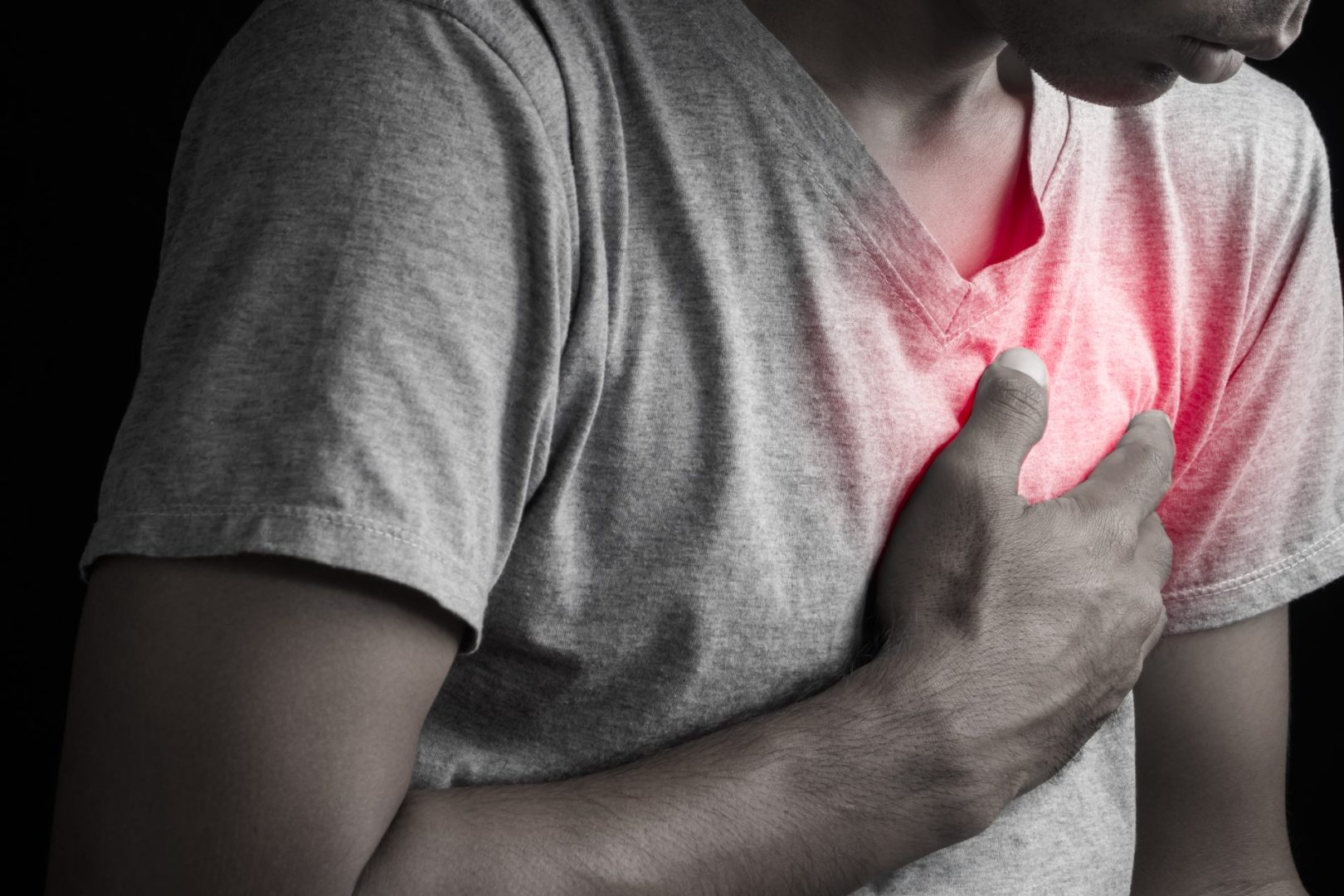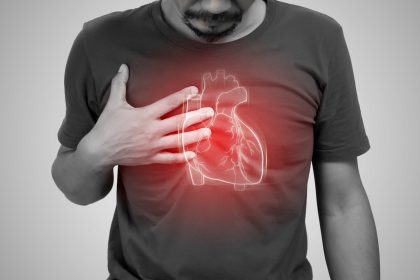The human heart beats approximately 100,000 times daily, pumping over 2,000 gallons of blood through a 60,000 mile network of vessels. This remarkable feat relies on a precise electrical system coordinating the contractions of four chambers. When this electrical system malfunctions, arrhythmias occur.
Arrhythmias affect nearly 14 million Americans. While some cases remain harmless, others can lead to serious complications including stroke, heart failure, and even sudden cardiac death. Understanding the different types of arrhythmias and recognizing their warning signs can prove lifesaving.
The heart as an electrical system
At rest, a healthy heart maintains a steady rhythm between 60 and 100 beats per minute. This rhythm begins in the right atrium at the sinoatrial node, often called the natural pacemaker of the heart. From there, electrical impulses travel through the atria to the atrioventricular node, then continue to the ventricles.
This electrical network ensures the atria contract first, followed quickly by the more powerful ventricular contractions that push blood throughout the body. Any disruption to this carefully orchestrated system can produce irregular heartbeats.
The four major categories of arrhythmias each affect the heart differently and require specific approaches to treatment.
When the heart beats too slowly
Bradycardia occurs when the heart rate falls below 60 beats per minute. While this can be normal for athletes and during sleep, symptomatic bradycardia requires medical attention.
Common types and causes
Sinus bradycardia represents the most common form, occurring when the sinus node fires too slowly. The condition may result from increased vagal tone, certain medications including beta blockers and calcium channel blockers, electrolyte imbalances, hypothyroidism, or damage to the heart from aging or disease.
Heart block presents another form of bradyarrhythmia, occurring when electrical signals from the atria fail to properly reach the ventricles. First degree heart block typically causes no symptoms, while second and third degree blocks often necessitate treatment.
Warning signs
Symptoms typically emerge when the slow heart rate fails to deliver sufficient blood to vital organs. Warning signs include fatigue, dizziness, lightheadedness, confusion, shortness of breath, and in severe cases, fainting.
Research indicates up to 40% of patients over age 65 with unexplained falls may actually be experiencing cardiac symptoms, highlighting the importance of cardiac evaluation for older adults with balance issues.
When the heart races dangerously fast
Tachycardias occur when the heart exceeds 100 beats per minute while at rest. These rapid rhythms can originate from different regions of the heart and vary significantly in their severity.
Supraventricular tachycardias
Arising from above the ventricles, these fast rhythms include atrial fibrillation, atrial flutter, and paroxysmal supraventricular tachycardia. Atrial fibrillation, the most common arrhythmia, affects over 6 million Americans. It creates an irregular, often rapid heart rhythm that increases stroke risk fivefold.
Common triggers include caffeine, alcohol, stress, thyroid disorders, lung disease, and structural heart problems. Symptoms can include palpitations, shortness of breath, fatigue, chest discomfort, and dizziness.
Ventricular arrhythmias
Originating in the lower chambers, ventricular arrhythmias generally pose greater danger. Ventricular tachycardia causes the heart to beat rapidly but regularly, while ventricular fibrillation creates chaotic, ineffective quivering that cannot pump blood effectively and requires immediate intervention.
These dangerous rhythms more commonly occur in people with structural heart disease, previous heart attacks, cardiomyopathies, or certain genetic conditions. Warning signs include severe palpitations, chest pain, shortness of breath, dizziness, and loss of consciousness.
The most common rhythm disturbance
Premature contractions occur when heartbeats originate from abnormal locations earlier than expected. These can feel like skipped beats or thumps in the chest.
Atrial or ventricular origin
Premature atrial contractions originate in the upper chambers and typically pose little risk. Premature ventricular contractions start in the lower chambers and occur in up to 75% of healthy people. While usually benign, frequent premature ventricular contractions sometimes indicate underlying heart disease, particularly when exceeding 20,000 per day.
Common triggers include stress, caffeine, alcohol, tobacco, medications, electrolyte imbalances, and lack of sleep. Most people with occasional premature beats need no treatment beyond lifestyle modifications.
Long QT syndrome and other conduction disorders
Some arrhythmias stem from problems with how electrical signals form or travel through the heart muscle. Long QT syndrome represents one such condition, occurring when the heart takes longer than normal to electrically reset between beats.
This prolonged resetting phase makes the heart vulnerable to dangerous rhythm disturbances, particularly during exercise or emotional stress. The syndrome may be acquired from certain medications or congenital from genetic mutations.
Brugada syndrome and Wolff Parkinson White syndrome represent other conduction disorders with distinctive electrical patterns that can predispose individuals to serious arrhythmias.
Modern approaches to diagnosis and treatment
Diagnosing arrhythmias has advanced substantially with the development of wearable and implantable monitors that can track heart rhythms for weeks or even years.
Enhanced diagnostic tools
Standard tests include electrocardiograms that capture the heart’s electrical activity, Holter monitors worn for 24 to 48 hours, and event recorders used for several weeks. Newer options include smartphone compatible cardiac monitors and implantable loop recorders that can monitor continuously for up to three years.
Exercise stress tests help identify arrhythmias triggered by physical exertion, while electrophysiology studies use catheters to precisely map electrical pathways and identify abnormalities.
Tailored treatment approaches
Treatment options span a spectrum from lifestyle changes to medications to procedural interventions. For patients with bradycardia, pacemakers can provide electrical stimulation when the natural heart rate falls too low.
Medications remain first line treatment for many arrhythmias. These include beta blockers that reduce the heart’s workload, antiarrhythmic drugs that stabilize abnormal electrical circuits, and anticoagulants that reduce stroke risk in atrial fibrillation patients.
For patients with persistent symptoms despite medical therapy, catheter ablation offers a potential cure. This procedure uses heat or cold energy to create tiny scars that block problematic electrical pathways. Success rates exceed 94% for certain arrhythmias, with most patients returning to normal activities within days.
More advanced cases may require implantable cardioverter defibrillators that monitor the heart continuously and deliver lifesaving shocks when dangerous rhythms occur.
Prevention strategies for high risk individuals
While not all arrhythmias can be prevented, several strategies can reduce risk. Maintaining healthy blood pressure, cholesterol levels, and weight significantly lowers arrhythmia risk. Regular physical activity strengthens the heart, though individuals with known arrhythmias should consult healthcare providers about exercise limitations.
Moderating caffeine and alcohol consumption proves particularly important for sensitive individuals. Managing stress through mindfulness, meditation, or other relaxation techniques can reduce triggers for certain arrhythmias.
People taking medications should understand potential cardiac side effects and undergo proper monitoring. Those with family histories of sudden cardiac death or arrhythmias should consider genetic screening to identify inherited risks.
As our understanding of the complex electrical system of the heart continues advancing, treatments become increasingly tailored to individual risk profiles. For the millions living with arrhythmias, this progress offers both improved quality of life and better long term outcomes.












